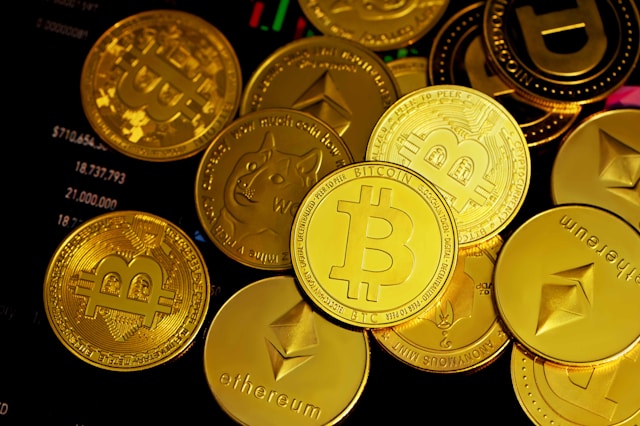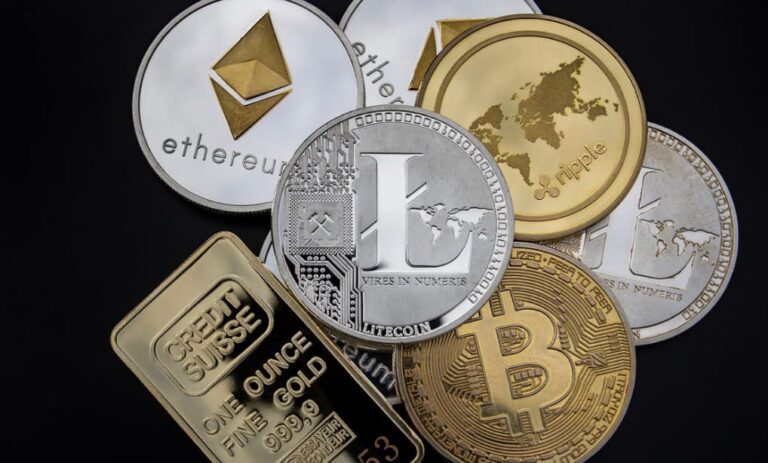In March 2022, the Chain network embarked on a pivotal transformation, rebranding its token from CHN to XCN. This strategic move was not just a change in nomenclature but marked the beginning of a new era for Chain, as it witnessed a surge in market success. The shared, multi-asset cryptographic ledger of Chain caught the attention of the market and its value soared by almost 50% in the first few months following its launch.
The Meteoric Rise of Chain Post-Rebranding
Following the rebranding to XCN, Chain initiated several significant upgrades. These included the introduction of the Chain Decentralised Autonomous Organisation (DAO), the beta launch of the Chain Cloud product, the commencement of XCN staking, and listings on multiple cryptocurrency exchanges. These advancements were instrumental in propelling Chain (XCN) to reach an all-time high in its valuation, an impressive achievement especially considering the broader downturn in the crypto market during that period.
Chain: A New Era in Blockchain Technology
Chain represents a cutting-edge cloud blockchain infrastructure that empowers businesses to develop and offer superior financial services through its specialized closed-ended blockchain network. This unique approach provides a pathway for companies to adopt blockchain technology without the risks associated with larger public networks. The Chain platform enables the issuance, storage, and transfer of digital assets on private, independent networks via a suite of Chain ecosystem products.
According to the Chain platform’s whitepaper, the Chain protocol is designed to allow participants to programmatically manage assets using digital signatures and custom rules. This protocol is crafted to address and improve upon the shortcomings in the financial settlements industry, offering enhanced solutions for issues ranging from transfer fees and transparency to settlement delays, as well as security concerns and the reversibility of transactions.
Diverse Offerings within the Chain Ecosystem
The Chain ecosystem is home to a variety of products, including both standard and premium versions of an RPC/API (Remote Procedure Call API) product and a ledger-as-a-service option named Sequence. The standard RPC/API grants users access to various services within the Chain Cloud, facilitating the development of products on public blockchains. Conversely, the premium version caters to development on private networks and is priced on an annual basis in XCN.
Sequence provides an innovative cloud blockchain accounting service, enabling users to manage balances in a tokenized format. This service is available in standard and premium options, with the latter offering additional benefits, payable in XCN. Furthermore, the Chain protocol extends its capabilities to cover end-to-end solutions for the “design, development, compliance, sale, and utilization” of NFTs through its Sequence NFT product.
Governance through Chain Decentralized Autonomous Organization (DAO)
The governance of the entire Chain Protocol is under the stewardship of the Chain Decentralized Autonomous Organization (DAO), which is controlled by XCN token holders. To participate in the governance of Chain through the Chain DAO, holders are required to stake their XCN tokens.
The Foundation of Chain
Chain’s journey began in 2014, initiated by Adam Ludwin to bring a fresh approach to modernizing financial systems. This endeavor led to the creation of Chain Core, bolstered by an impressive $40 million in funding and key partnerships with industry giants such as Nasdaq, Orange, Capital One, and Citigroup.
In 2018, Chain’s operations were integrated into Lightyear Corp., under the Stellar Development Foundation’s umbrella. By 2021, Chain had evolved into a private entity, boasting new offices, a diverse shareholder base, and a revamped board.
Chain Protocol: Enabling Multiple Blockchain Networks
The Chain protocol is designed to foster cooperation and integration among various blockchain networks, managed by distinct entities. It emphasizes limited authority, ensuring a clear distinction between the management of assets and the synchronization of ledgers for improved security. Chain’s network participants can create assets through unique “issuance programs.” These assets are then governed by “control programs” using a versatile, Turing-complete language, facilitating the development of complex smart contracts.
Network security is ensured by a group of “block signers,” and the integrity of the protocol is maintained as long as the majority complies. A single “block generator” is responsible for creating blocks, while any network node can validate blocks and process transactions. Chain Core, leveraging the Chain Protocol, is accessible both as an open-source option for developers and through a testnet for the Chain blockchain network management.
XCN Tokens: Central to the Chain Ecosystem
XCN, the core token of Chain’s ecosystem, has a dual role as both a utility and governance token. Token holders gain voting rights in the Chain DAO for community and protocol enhancements. Additionally, XCN offers benefits like discounts on premium services, functions as a payment method for various Chain services, and is essential for node deployment.
With the transformation of CHN to XCN, Chain introduced a new Chain Token smart contract on Ethereum. CHN holders received XCN at a 1:1,000 ratio, and the total XCN supply is fixed at 53.47 billion.
Easy Acquisition of XCN Tokens
The integration of XCN into the Tap app has streamlined its inclusion in crypto portfolios. Tap users can conveniently trade XCN using crypto or fiat funds, or via bank transfers. The app also offers dedicated wallets for secure XCN storage and management.
The Future Prospects of Chain and XCN
The journey of Chain and its XCN token is a testament to the dynamic and innovative nature of the cryptocurrency market. As Chain continues to evolve and expand its offerings, it remains at the forefront of providing solutions that bridge the gap between traditional financial systems and the burgeoning world of blockchain technology. The success of Chain’s rebranding and the subsequent rise in the value of XCN highlight the market’s receptiveness to innovative and practical blockchain solutions.
The growing list of Chain’s strategic partnerships and its expanding ecosystem point towards a promising future. As more companies and individuals recognize the potential of blockchain technology in transforming various sectors, platforms like Chain are poised to play a pivotal role in this transformation. In conclusion, Chain’s journey from its inception to its current standing as a significant player in the blockchain space illustrates the potential of innovative blockchain solutions in reshaping the financial landscape. With its unique approach to blockchain infrastructure, diverse product offerings, and a strong governance model, Chain is well-positioned to continue its trajectory of growth and influence in the world of cryptocurrencies and beyond.







